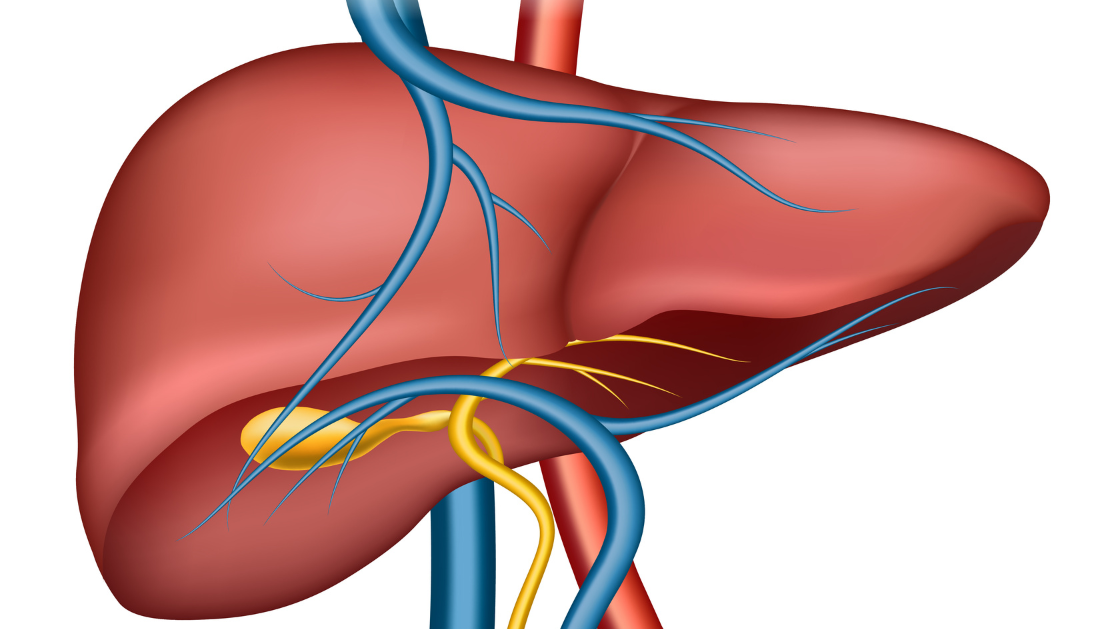

Ischemic cholecystitis is a type of gallbladder inflammation that develops in the absence of gallstones or other external pressures. It is caused by a lack of blood flow to the gallbladder tissue.
This new study is significant because it contributes to a better understanding of the pathogenesis of ischemic cholecystitis and the development of more effective treatments for this ailment.
A study was done by a team of researchers from the University of California, San Francisco, to investigate the cause of this condition. They discovered that the gallbladder is particularly vulnerable to ischemia because it receives its blood supply from a terminal artery, which means that if this artery becomes blocked, there is no other artery to deliver blood to the gallbladder.
The researchers also discovered that ischemic cholecystitis is more likely in severely unwell patients. This is because critically ill individuals are frequently hypovolemic, or have low blood volume. This can result in decreased gallbladder perfusion, which can cause inflammation.
These findings have substantial implications for ischemic cholecystitis diagnosis and treatment. This is sometimes misinterpreted as another ailment, such as sepsis or pancreatitis, due to its difficulty in diagnosis. This can result in therapy delays and lower patient outcomes.
The researchers also discovered that ischemic cholecystitis recurs more frequently than obstructive cholecystitis. This means that patients with ischemic cholecystitis are more likely to undergo gallbladder removal operations.
The gallbladder is surgically removed to treat this condition. This is the only way to keep the condition from coming back.
Ischaemic cholecystitis is a rare but deadly illness that is more common in critically unwell people. Clinicians must be aware of this disorder to diagnose and treat it as soon as possible.
For more information: Favela, J. G., et al. (2023). Aetiology, diagnosis and management for ischaemic cholecystitis: current perspectives. eGastroenterology. doi.org/10.1136/egastro-2023-100004.
more recommended stories
 Iron Deficiency vs Iron Overload in Parkinson’s Disease
Iron Deficiency vs Iron Overload in Parkinson’s DiseaseKey Takeaways (Quick Summary for HCPs).
 Can Ketogenic Diets Help PCOS? Meta-Analysis Insights
Can Ketogenic Diets Help PCOS? Meta-Analysis InsightsKey Takeaways (Quick Summary) A Clinical.
 Silica Nanomatrix Boosts Dendritic Cell Cancer Therapy
Silica Nanomatrix Boosts Dendritic Cell Cancer TherapyKey Points Summary Researchers developed a.
 Vagus Nerve and Cardiac Aging: New Heart Study
Vagus Nerve and Cardiac Aging: New Heart StudyKey Takeaways for Healthcare Professionals Preserving.
 Cognitive Distraction From Conversation While Driving
Cognitive Distraction From Conversation While DrivingKey Takeaways (Quick Summary) Talking, not.
 Fat-Regulating Enzyme Offers New Target for Obesity
Fat-Regulating Enzyme Offers New Target for ObesityKey Highlights (Quick Summary) Researchers identified.
 Spatial Computing Explains How Brain Organizes Cognition
Spatial Computing Explains How Brain Organizes CognitionKey Takeaways (Quick Summary) MIT researchers.
 Gestational Diabetes Risk Identified by Blood Metabolites
Gestational Diabetes Risk Identified by Blood MetabolitesKey Takeaways (Quick Summary for Clinicians).
 Phage Therapy Study Reveals RNA-Based Infection Control
Phage Therapy Study Reveals RNA-Based Infection ControlKey Takeaways (Quick Summary) Researchers uncovered.
 Pelvic Floor Disorders: Treatable Yet Often Ignored
Pelvic Floor Disorders: Treatable Yet Often IgnoredKey Takeaways (Quick Summary) Pelvic floor.

Leave a Comment